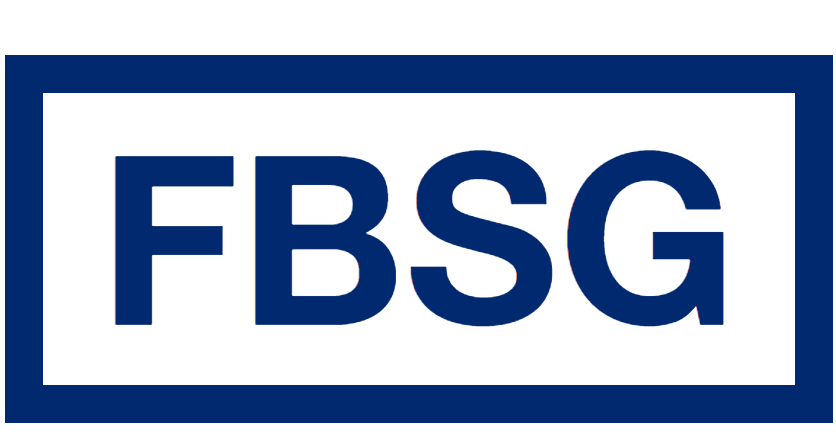Cash Discount vs Surcharge: Is there a Difference?
Credit card processing has grown more expensive for many merchants over the years—especially those who own and operate small businesses. When merchants accept credit cards, they face the financial burden of paying interchange fees. On average, these fees can range from 1-4%, which means that these costs can add up over time. As a result, smaller businesses need to save all the money they can get to keep operations afloat and achieve maximum profitability.
So, the question remains: what are my other options to avoid processing fees? Well, your answer is either a cash discount or a surcharge program. So, let’s explore together the great debate of cash discount vs surcharge to see which option is right for your particular business.
What is a Cash Discount Program?
On the surface, cash discounts and surcharges may seem similar to each other. But first, it’s crucial to understand the difference between cash discount vs surcharge and how they both work.
A cash discount program is a type of credit card processing that allows businesses to discount their goods and services to customers who pay with cash. On the other hand, customers who decide to pay with credit cards will be required to pay a transaction fee. However, unlike a surcharge, a cash discount program does not levy additional costs to a credit card transaction because customers can avoid the fee once they use cash instead of a credit card.
In perspective, cash discounts serve as an incentive for customers to pay with cash rather than their credit cards, which helps to lower the cost of processing fees paid by small businesses. The process itself is straightforward: your customer sees that your business offers cash discounts. When the customer pays with cash, your cash discount technology will automatically remove the service fee. Pretty simple right?
What is Surcharge?
A surcharge is a charge or fee that’s added towards the price of a product or service. However, using them can be tricky since they’re only legal in 40 states, so you must research which states accept them and which ones don’t.
Surcharges are added because customers are being given the privilege to use their credit cards. Usually, they’re based on a specific percentage of the total amount of products or services before taxes are assessed. It’s also essential to note that surcharges cannot be applied to debit cards, they can only be added to a credit card transaction.
Find out which is best for your business with FBSG Today!
Cash Discount vs Surcharge.
After defining each of your options separately, it’s now time to compare and contrast the two together. As previously mentioned, a cash discount is when a merchant displays credit card prices of goods being sold and offers a discount on that price for customers who pay with cash. Conversely, a surcharge is when a merchant displays cash prices of goods being sold and then charges an additional fee on top of that price for consumers who pay with a card.
The primary and most crucial difference between cash discount vs surcharge is that cash discount programs are legal everywhere in the United States, whereas surcharges aren’t. To give further context, the 2010 Frank-Dodd law and Durbin Amendment state that businesses are permitted to offer cash discounts under specific guidelines. So, you must remember that while all 50 states accept cash discounts, surcharges are only legal in 40 states.
Which is right for you?
It’s time to settle the debate of cash discount vs surcharge. After considering both options, most customers view cash discounts as a more acceptable payment method, and they tend to see it in a better light than they do with surcharges. However, you still need to consider other things with cash discount programs, such as selecting the right program/partner, equipment, proper signage, and more.
But in the end, a cash discount program will help save you and your customers more money, and who doesn’t love a win-win situation? If you’d like to get started on a cash discount program or are interested in learning more information, contact us today!






